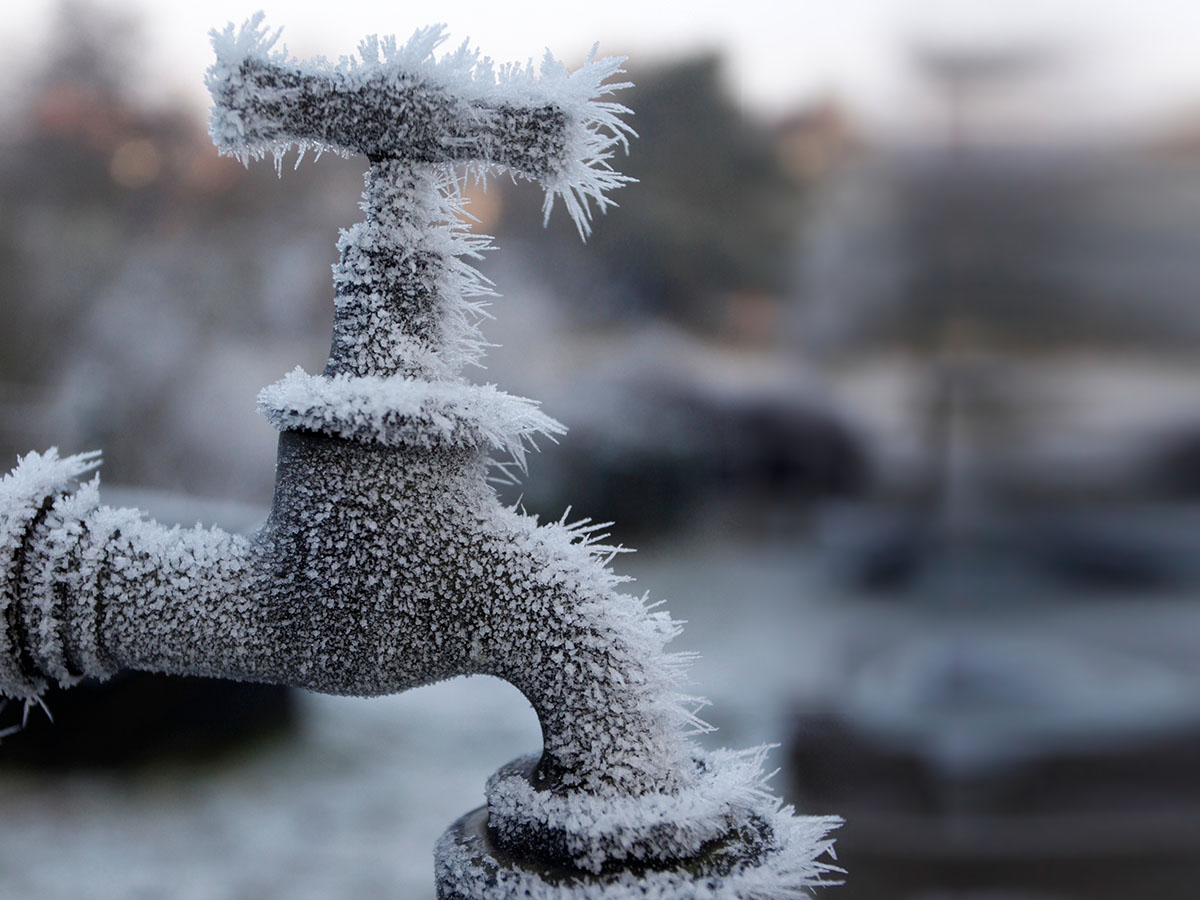Tips for Preventing Frozen Pipes in Winter: Expert Tips
Tips for Preventing Frozen Pipes in Winter: Expert Tips
Blog Article
We've come across this great article about How to Prevent Your Pipes From Freezing down the page on the web and thought it made perfect sense to talk about it with you on my blog.

Cold weather can wreak havoc on your pipes, specifically by freezing pipelines. Here's exactly how to prevent it from happening and what to do if it does.
Introduction
As temperatures decline, the threat of frozen pipes boosts, possibly leading to pricey fixings and water damage. Comprehending just how to stop icy pipes is important for property owners in chilly environments.
Prevention Tips
Protecting susceptible pipelines
Wrap pipelines in insulation sleeves or utilize warmth tape to safeguard them from freezing temperature levels. Concentrate on pipelines in unheated or exterior locations of the home.
Home heating methods
Keep indoor spaces properly warmed, especially areas with plumbing. Open up cabinet doors to enable warm air to distribute around pipelines under sinks.
Exactly how to determine icy pipelines
Search for decreased water circulation from taps, unusual smells or sounds from pipes, and noticeable frost on subjected pipelines.
Long-Term Solutions
Structural modifications
Take into consideration rerouting pipes far from exterior walls or unheated locations. Include additional insulation to attics, basements, and crawl spaces.
Upgrading insulation
Invest in premium insulation for pipes, attics, and walls. Proper insulation helps keep regular temperature levels and reduces the threat of icy pipes.
Securing Outside Pipes
Garden hoses and exterior taps
Separate and drain pipes garden tubes before winter. Set up frost-proof spigots or cover exterior faucets with shielded caps.
Comprehending Frozen Pipes
What causes pipelines to ice up?
Pipelines ice up when subjected to temperatures below 32 ° F (0 ° C) for extended durations. As water inside the pipelines freezes, it expands, taxing the pipe wall surfaces and possibly triggering them to rupture.
Risks and damages
Icy pipelines can bring about water disturbances, building damage, and expensive fixings. Ruptured pipelines can flooding homes and create comprehensive structural damage.
Signs of Frozen Pipeline
Determining icy pipelines early can prevent them from breaking.
What to Do If Your Pipelines Freeze
Immediate actions to take
If you suspect frozen pipes, maintain faucets open to alleviate pressure as the ice thaws. Use a hairdryer or towels soaked in hot water to thaw pipes slowly.
Final thought
Preventing icy pipelines calls for aggressive actions and fast responses. By understanding the causes, indicators, and safety nets, home owners can safeguard their pipes throughout cold weather.
6 Proven Ways to Prevent Frozen Pipes and Protect Your Home
Disconnect and Drain Garden Hoses
Before winter arrives, start by disconnecting your garden hoses and draining any remaining water. Close the shut-off valves that supply outdoor hose bibs and leave the outdoor faucet open to allow any residual water to drain. For extra protection, consider using faucet covers throughout the colder months. It’s also important to drain water from any sprinkler supply lines following the manufacturer’s directions.
Insulate Exposed Pipes
Insulating your pipes is an effective way to prevent freezing. Pipe insulation is readily available at home improvement stores and is relatively inexpensive. Pay close attention to pipes in unheated areas such as the attic, basement, crawl spaces, or garage. Apply foam insulation generously to create a buffer against the cold. You can also wrap your pipes in heat tape or thermostat-controlled heat cables for added warmth.
Seal Air Leaks
Inspect your home for any cracks or openings that could let in cold air. Seal any holes around the piping in interior or exterior walls, as well as the sill plates where your home rests on its foundation. Additionally, make sure to keep your garage door closed unless you’re entering or exiting. Leaving it open creates a significant air leak that can lead to frozen pipes.
Allow Warm Air Circulation
During cold snaps, it’s essential to allow warm air to circulate evenly throughout your home. Leave interior doors ajar to promote better airflow. Open kitchen and bathroom cabinets to help distribute heat consistently around the rooms. If you have small children or pets, be sure to remove any household chemicals or potentially harmful cleaners from open cabinets for safety.
Let Faucets Drip
A small trickle of water can make a big difference in preventing ice formation inside your pipes. When temperatures drop significantly, start a drip of water from all faucets served by exposed pipes. This continuous flow helps prevent the water from freezing. Additionally, running a few faucets slightly can relieve pressure inside the pipes, reducing the chances of a rupture if the water inside does freeze.
https://choateshvac.com/6-proven-ways-to-prevent-frozen-pipes-and-protect-your-home/

As a passionate reader about Helpful Tips to Prevent Frozen Pipes this Winter, I figured sharing that excerpt was a great idea. You should take a moment to promote this content if you enjoyed reading it. Thanks for your time invested reading it.
Book My Estimate Report this page